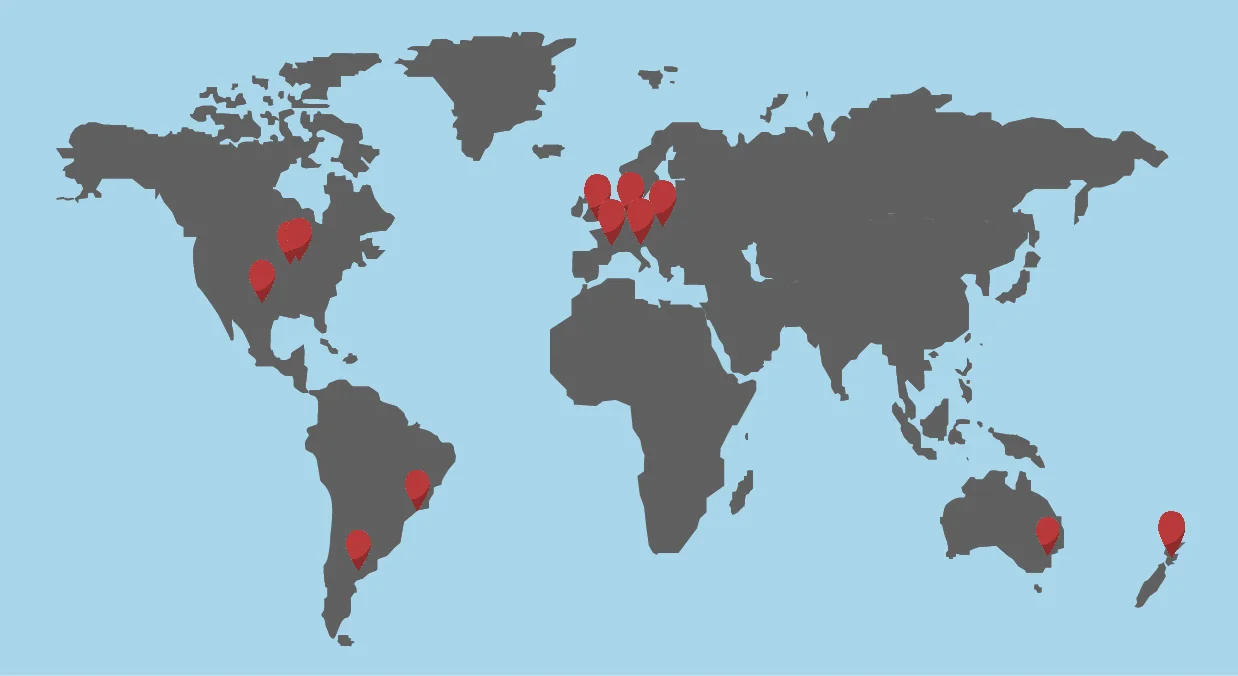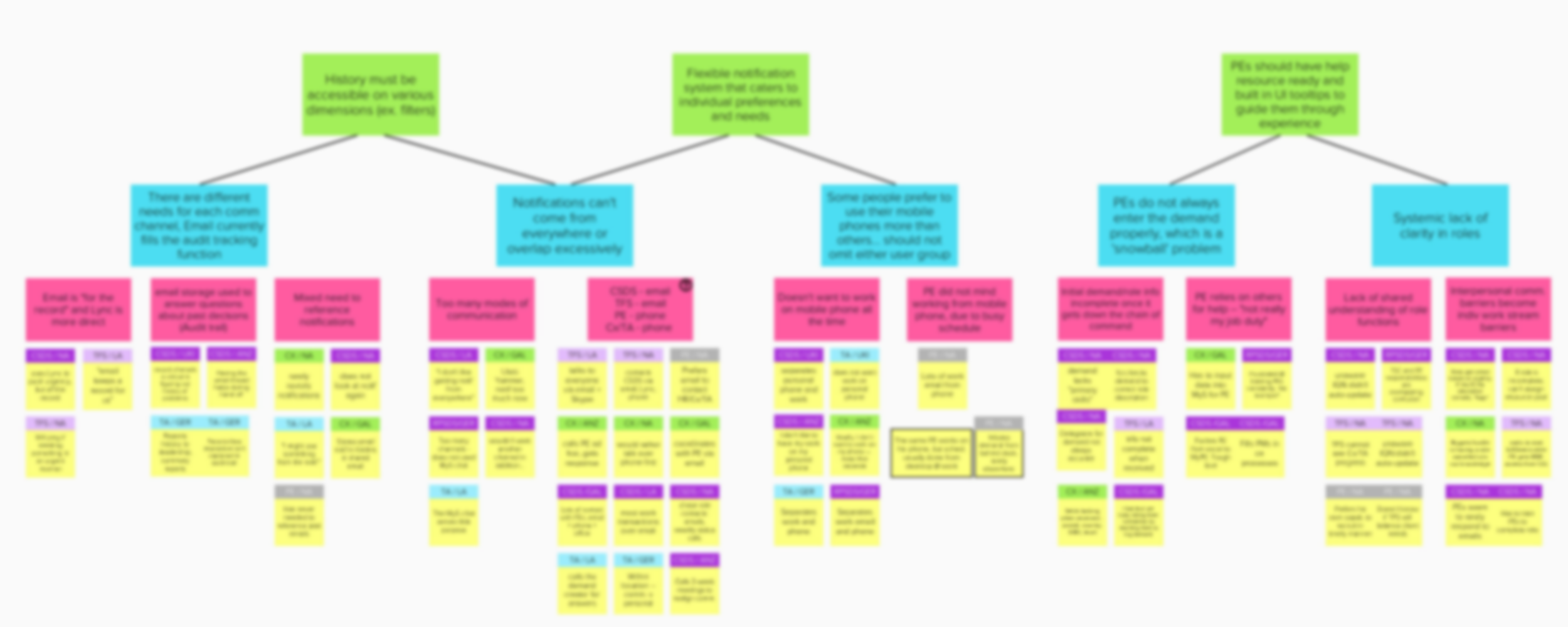Staffing Collaboration Tool
Context
Accenture's internal and external staffing functions are critical to its operation and existence. As a world-wide consulting firm, Accenture's primary business is selling people's time. With over 320,000 employees at any given time, there are a plethora of moving parts within the organization that make staffing operations work.
These moving parts have their own, non-synchronous processes, spurring miscommunication and lost overhead time. Given the size of the company and organizational goals, we had two main research questions:
How do we help Accenture align business objectives with employee availability?
How can we shift an organizational mindset: treating individuals more like people and less as resources?
Our work was incorporated into the product deployment and awareness campaign on launch.
My role: Research Lead (4 person team)
Timeline: 6 weeks
Approach
Human resources does not operate in a vacuum. To account for this, we interviewed teams and asked them to simulate their own processes from a high level given some prompts that my team prepared. In group settings, we were able to get a better understanding of tension between roles and the dependencies that various folks have on each other to get their work done.
Process
The design agency was approached by an internal client who had a completed timeline and fixed budget. Since no one from the design side was involved, the first step was organizing business needs and assumptions that were laid out by others on the internal team.
STEP 1: Break your stakeholder out of their spreadsheets
There is a general temptation for business development people to live and breathe in the requirement lists. Unfortunately for them, real people are not ideal users; often, business requirements are built around requirements that are not reflective of actual use.
We were lucky enough to influence the beginning of this development process. To help my four stakeholders think in a creative manner, I brought them together and asked them to do three things:
Forget about the requirements prioritization order, or at least suspend the thought of it.
Role play the users of the system and to have an open mind. Get outside of your own shoes.
Prioritize the most important use cases and then their corresponding requirements.
The result was a successful structure for the minimal viable product as well as the research plan.
STEP 2: Recruit and Interview
Since staffing is a global effort, we needed a diverse representation of users. Our primary consideration was that people involved in staffing are very busy. We recruited across the globe and interviewed in groups of two or three, in order to generate dialogue around the exchange of information.
Talent Fulfillment Specialists
Talent Acquisition Specialists
Solution Architects
Project Executives
I led all group interviews, with my group members stepping in as needed.
Our participants spanned four continents and six business geographies.
STEP 3: Synthesize what everyone said
I recorded any potentially insightful quotes and observations in an online collaboration tool. I used a synthesis framework known as affinity diagramming to untangle data and surface under-lying patterns. As seen below, clusters of observations (yellow) led to higher-level observations, otherwise known as insights; these insights created patterns, and these patterns were abstracted into themes.
Using this method, I was able to inductively define and substantiate a list of business priorities and design recommendations.
Exposed gaps in both manual and automated communication
Revealed process inefficiencies
Informed content hierarchies in design
Specific observations, findings, and subsequent recommendations are confidential.
Findings Abstraction
This product is live in an internal tool called MyScheduling, under the backend title of Integrated Talent Fulfillment.
Due to non-disclosure agreements, specific findings and design recommendations are confidential to Accenture. Findings pertained to:
Designing the task-based interactions that pertain both to staffing and to supporting meaningful work relationships.
Identifying potential risks and mitigations for user adoption.
Interface design recommendations geared at sharing specific information about Accenture employees, allowing for better project staff forecasting.
According to project managers, this research has helped various teams exceed their timeline goals and has resulted in widespread adoption across all user-groups.



